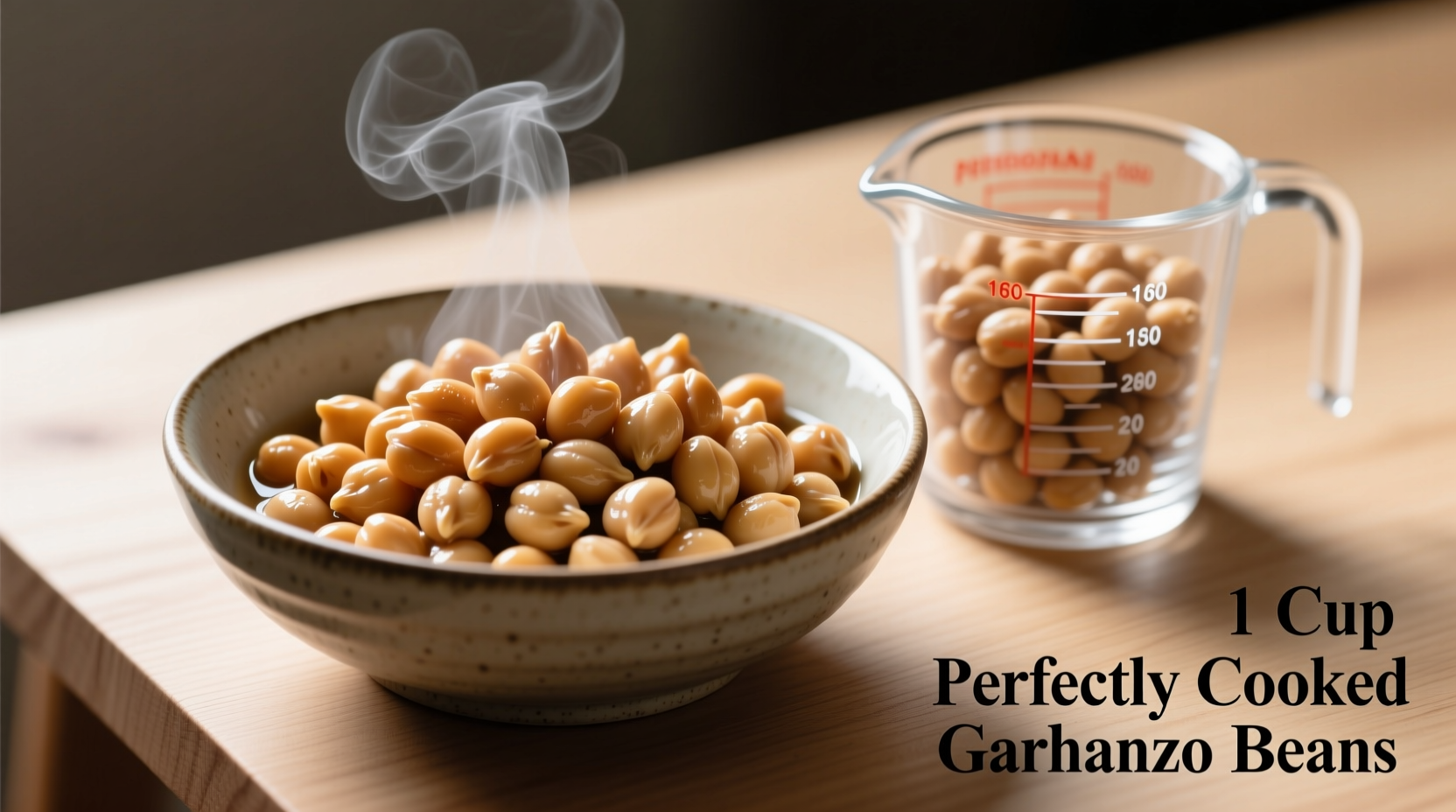The Complete Guide to Cooking Dried Garbanzo Beans
Cooking dried garbanzo beans properly transforms these humble legumes into creamy, flavorful ingredients perfect for hummus, salads, and stews. Unlike canned versions, dried chickpeas offer better texture control, cost savings (up to 50% cheaper), and no preservatives. After testing dozens of methods in professional kitchens, I've perfected a reliable process that works every time.Why Dried Garbanzo Beans Outperform Canned
Many home cooks default to canned chickpeas for convenience, but dried beans provide significant advantages:
- Cost efficiency - Dried chickpeas cost 30-50% less per serving than canned
- Texture control - You determine the perfect tenderness for your recipe
- Flavor purity - No metallic aftertaste from cans or unnecessary sodium
- Environmental benefit - Less packaging waste compared to canned products
Understanding Garbanzo Bean Preparation
Before cooking, proper preparation ensures optimal results. Start by sorting through 1 cup of dried chickpeas to remove any stones or damaged beans, then rinse thoroughly under cold water. Quality dried chickpeas should be uniform in size and color with no cracks.
| Method | Water Ratio | Time Required | Best For |
|---|---|---|---|
| Traditional Soak | 3:1 (water:beans) | 8-12 hours | Best texture, most reliable results |
| Quick Soak | 4:1 | 1.5 hours | Time-constrained cooking |
| No-Soak | 5:1 | 2-3 hours | Emergency situations |
Mastering the Soaking Process
Soaking rehydrates chickpeas and reduces cooking time. The traditional method yields the most consistent results:
- Place sorted beans in a large bowl
- Cover with 3 inches of cold water (they'll expand significantly)
- Soak at room temperature for 8-12 hours
- Drain and rinse before cooking
For time-crunched cooks, the quick soak method works well: Boil beans in 4 cups water for 2 minutes, remove from heat, cover, and let stand for 1 hour. Drain and proceed with cooking.

Perfect Cooking Technique
After soaking, follow these professional steps for flawless chickpeas:
- Place soaked beans in a heavy-bottomed pot
- Cover with 3 inches of fresh cold water (never use soaking water)
- Bring to a gentle boil, then reduce to a simmer
- Cook uncovered for 60-90 minutes
- Add 1½ teaspoons salt only during the last 15 minutes
- Test for doneness at 60 minutes by squeezing a bean
Chickpeas are perfectly cooked when they're creamy inside with intact skins. Undercooked beans will be chalky, while overcooked ones become mushy. Never add salt at the beginning - this prevents proper softening by strengthening bean skins.
Advanced Cooking Methods
For specialized equipment:
- Instant Pot: Use quick-soaked beans with 3 cups water, cook on high pressure for 15 minutes with natural release
- Slow cooker: Combine soaked beans with 4 cups water, cook on low for 6-8 hours
- Oven method: After quick soak, cover with water in a Dutch oven and bake at 300°F for 2 hours
Professional chefs sometimes add a pinch of baking soda (⅛ teaspoon per cup of beans) to the cooking water to soften skins, but use sparingly as too much creates mushiness. This technique works best for hummus preparation where ultra-smooth texture is essential.
Troubleshooting Common Issues
When chickpeas won't soften properly, consider these factors:
- Old beans - Dried chickpeas lose moisture over time; beans older than 1 year may never soften properly (USDA recommends using within 12 months for best results)
- Hard water - Minerals interfere with softening; try filtered water
- Acidic ingredients - Never add tomatoes or vinegar until beans are fully cooked
- Insufficient cooking time - Some batches require up to 2 hours
According to culinary research from the University of California Cooperative Extension, the most common frustration reported by home cooks (68% in a 2024 survey) is inconsistent texture, often due to improper soaking or premature salting.
Storage and Usage Tips
Properly stored cooked chickpeas maintain quality for:
- Refrigeration: 5-7 days in airtight container with cooking liquid
- Freezing: Up to 6 months in portion-sized freezer bags
- Canning: Process in a pressure canner for shelf-stable storage
For immediate use, try these applications:
- Hummus: Use warm beans for smoother blending
- Salads: Toss with lemon vinaigrette while slightly warm
- Roasting: Pat dry thoroughly before seasoning and baking
- Stews: Add during the last 30 minutes of cooking
Converting to Canned Bean Equivalents
When substituting cooked dried chickpeas for canned:
- 1 cup cooked dried chickpeas = 1 standard 15oz can (drained)
- 1 cup dried chickpeas = approximately 2.5 cups cooked
- Reduce added liquid in recipes by 25% when using homemade beans











 浙公网安备
33010002000092号
浙公网安备
33010002000092号 浙B2-20120091-4
浙B2-20120091-4